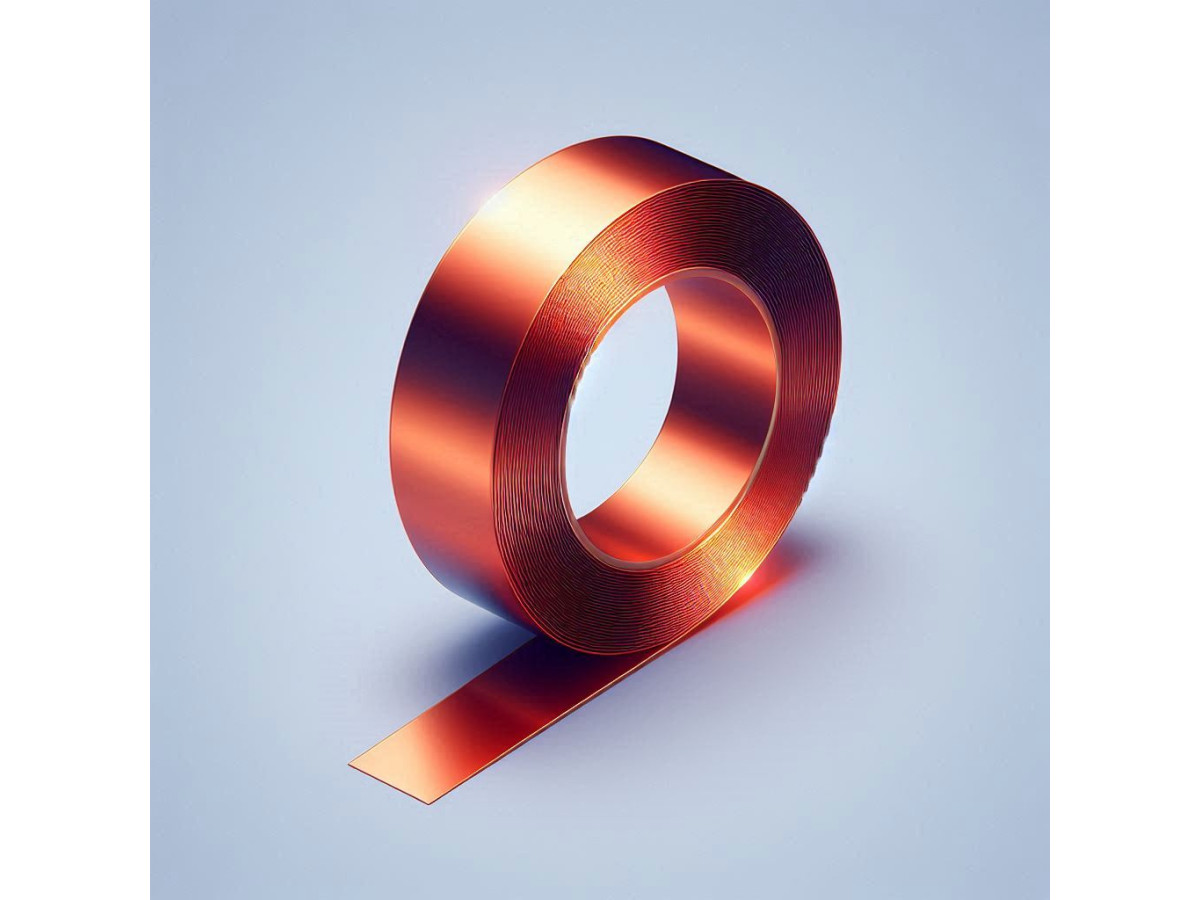Since time immemorial, copper has fascinated mankind with its warm shine and pliability. Blacksmiths made swords from it and created elegant jewelry, they decorated temples and palaces with it. Today, after thousands of years, this metal has not lost its relevance. It has found new life through thin, flexible strips - copper tape, which has become an indispensable component in various areas of our lives. It preserves the memory of ancient civilizations and testifies to the progress of mankind. Flexible and obedient, it takes any form, embodying endless possibilities.
Modern production
A thin and flexible strip of copper or its alloys has a rich history, dating back to ancient times. Mankind discovered copper in the Neolithic, and since then this metal has not ceased to amaze with its properties and possibilities. The first copper products were most likely made of native copper, which blacksmiths bent. With the development of metallurgy, it became possible to obtain copper from ores, which made it possible to significantly expand the scale of its production and use.
Over time, people learned not only to mine and process copper, but also to create various alloys from it, improving its properties. With the invention of rolling mills, it became possible to obtain copper strips of different thicknesses and widths. This opened up new horizons for the use of the material.
Modern production of such rolled products is a complex technological process that includes several stages:
- Preparation of raw materials - the use of high-quality cathode metal, alloying to obtain alloys with specified qualities.
- Melting - obtaining an ingot by melting metal in induction furnaces.
- Rolling - cold processing on special machines to obtain a strip of the required thickness and width.
- Heat treatment - annealing to relieve internal stress and improve ductility.
- Quality control - careful control at all stages of production using advanced equipment.
Modern copper tape production is characterized by a high degree of automation, which allows to increase productivity and reduce production costs. The introduction of computer modeling is necessary to optimize production operations. The use of robots and automated systems - to increase productivity and improve the quality of rolled metal.
Scope
Copper plays an important role in the production of solar panels, wind turbines and electric vehicles. Its high electrical conductivity allows to minimize energy losses during the transmission of electric current. With the development of smart cities and the Internet, the need for electrical energy will only grow. Copper cables and wires will remain the main material for transmitting electricity. Electrification of transport requires huge volumes of copper for the production of electric motors, batteries and chargers.
The tape is used in heating, ventilation and air conditioning systems. Its high thermal conductivity allows to effectively remove heat and cool the room. This material is often used in the production of printed circuit boards, seals, gaskets, screens, parts for electrical equipment. The manufacture of roofing, gutters, decorative elements is indispensable. It is also actively used in the chemical industry and instrument making. Main characteristics
One of the most valuable properties of copper tapes, due to which they are widely used in electrical engineering, is good electrical conductivity. This type of non-ferrous rolled metal is also valued for:
- increased plasticity;
- aesthetic characteristics;
- excellent thermal conductivity;
- rust resistance;
- mechanical strength
Tapes are used in heat exchangers and other devices where rapid cooling is required. They are easy to process, so they allow you to create products with complex geometry. The material has good resistance to many aggressive environments and sufficient strength for use in various structures.
Due to impeccable resistance to rust, copper products serve for many years. The tape provides a reliable connection of various structural elements, which are environmentally friendly raw materials that can be subsequently recycled. It is distinguished by a wide range of applications and an attractive appearance. Damaged areas of the tape can be easily replaced, while the material never reacts with organic substances and is considered extremely safe. The thickness varies from 0.05 mm to 6 mm or more. The finer the manufacturing, the higher its plasticity, but the lower its strength.

